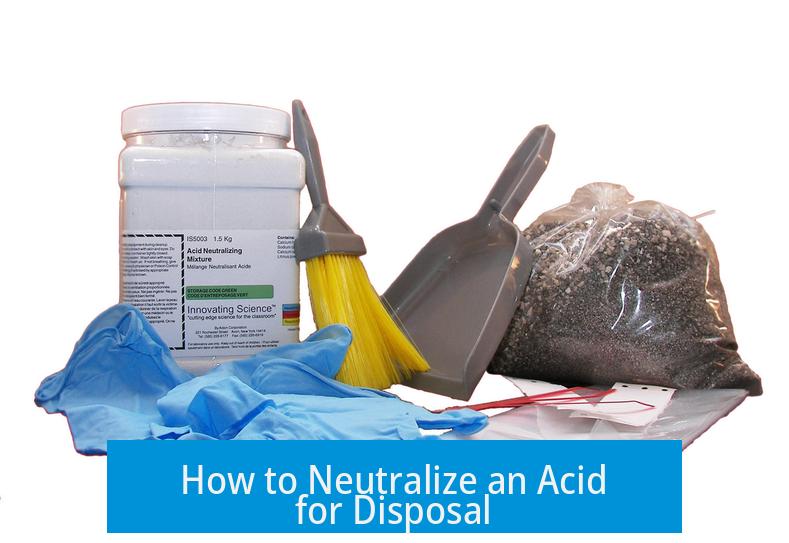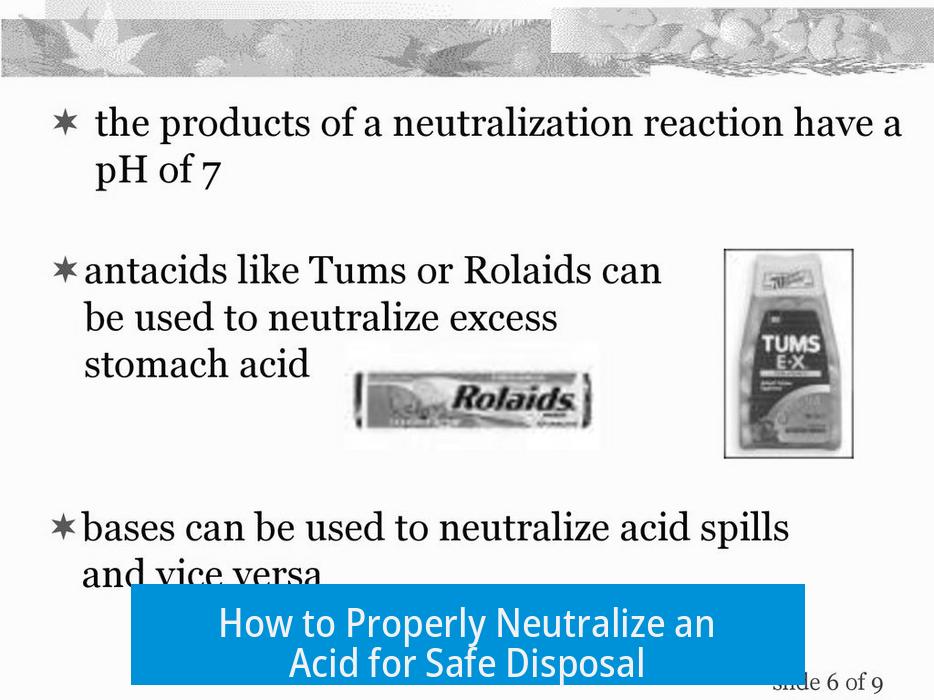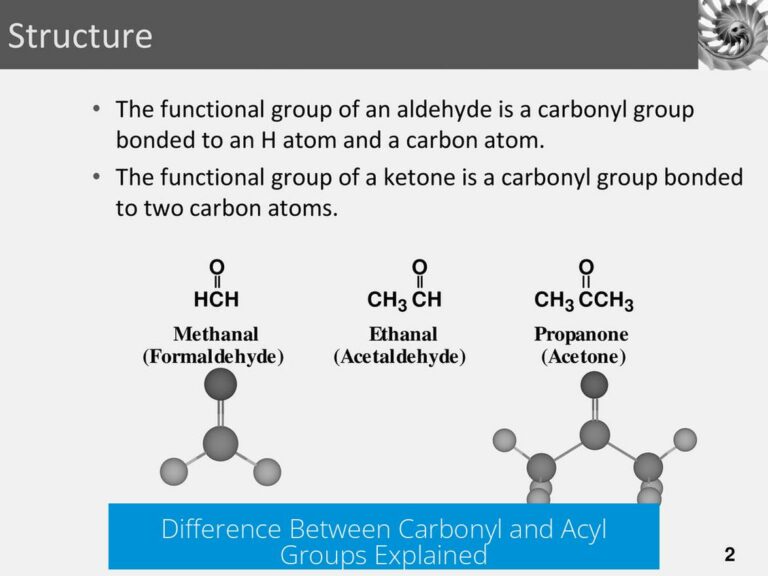How to Neutralize an Acid for Disposal

Neutralizing acid before disposal involves raising its pH to a safer level, typically by adding a base, then diluting with water to minimize corrosiveness and environmental harm. Proper neutralization ensures the acid is less hazardous when released into drainage systems.
Check the pH of the Acid
Before disposal, measure the acid’s pH. If the pH is above 1–2, it is usually safe to pour the acid down the drain while running plenty of water. This dilution reduces the acid’s concentration and risk.
Neutralization with Bases
For more concentrated or larger amounts of acid, neutralization with a base is recommended. Common bases used include:
- Sodium hydroxide (NaOH): A strong base that rapidly neutralizes acids, converting them into water and salts.
- Baking soda (sodium bicarbonate): A mild base that gradually neutralizes acid and is safer to handle.
Add the base slowly to the acid while stirring to avoid vigorous reactions. Continue until the solution reaches a neutral pH (~7).
Dilution After Neutralization
Once neutralized, dilute the solution further with a large volume of water before disposal. This step reduces any residual corrosive properties and ensures safe passage through the plumbing system.
Small Quantities of Acid
For very small volumes, such as a few drops of hydrochloric acid (HCl), direct disposal down the sink with running water is generally safe. HCl is naturally present in stomach acid at low concentrations, indicating its relative environmental compatibility in diluted form.
Summary
- Test pH before disposal; pH >1–2 allows direct dilution and disposal.
- Neutralize stronger acids using bases like NaOH or baking soda.
- Add base gradually while stirring to control reaction.
- Dilute neutralized solution heavily with water before disposal.
- Small acid amounts can be flushed down the drain with plenty of water.





Leave a Comment